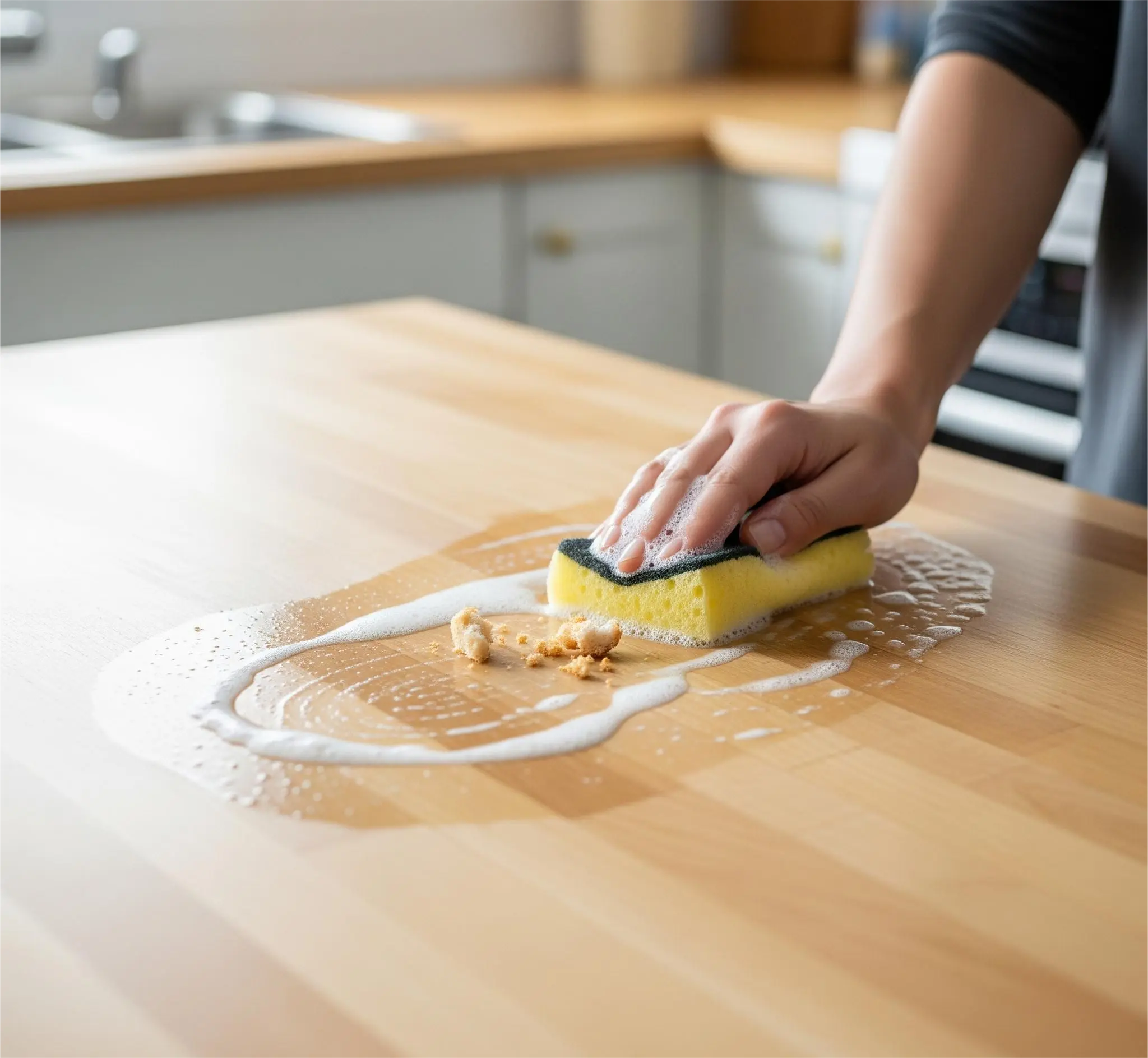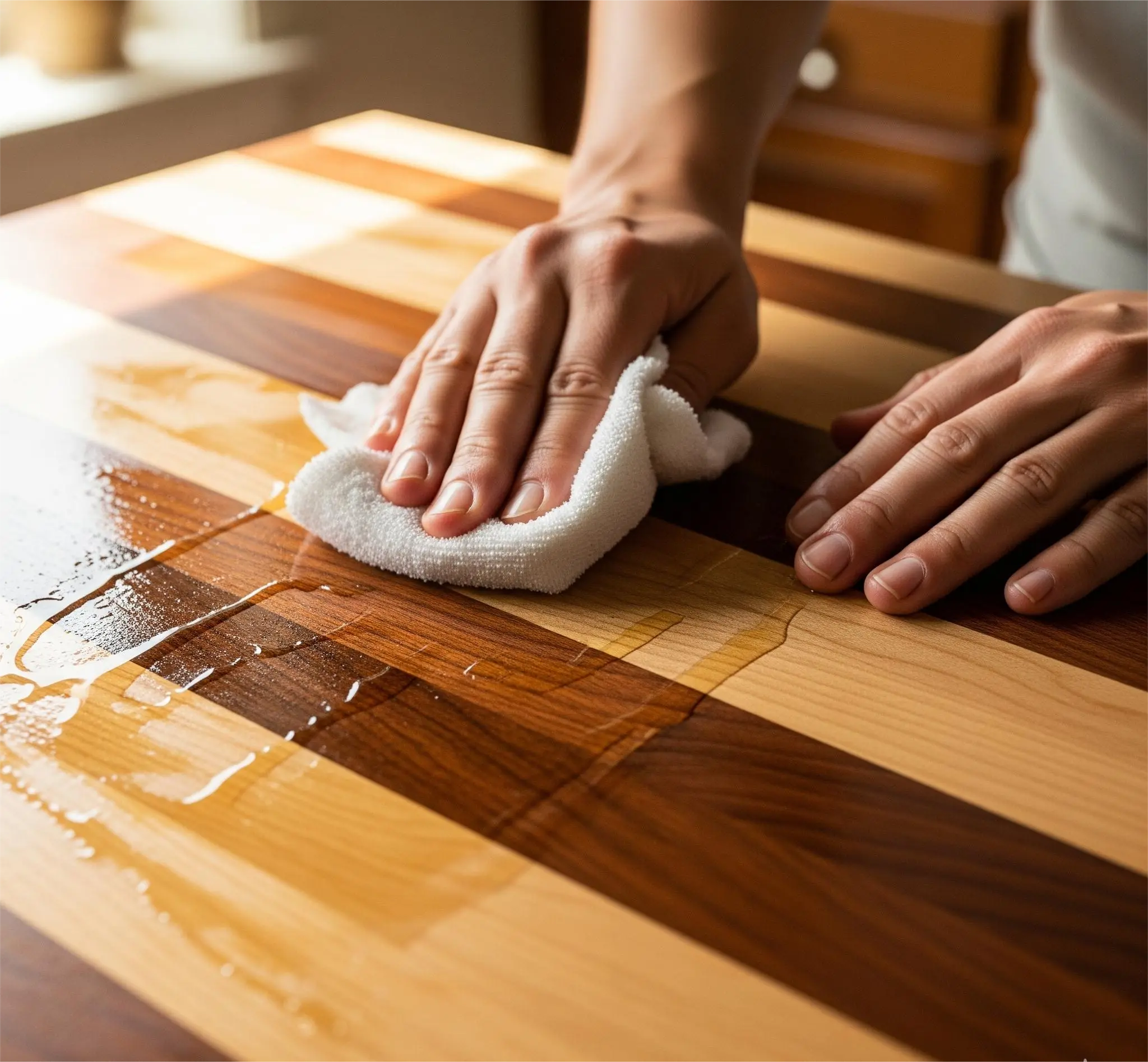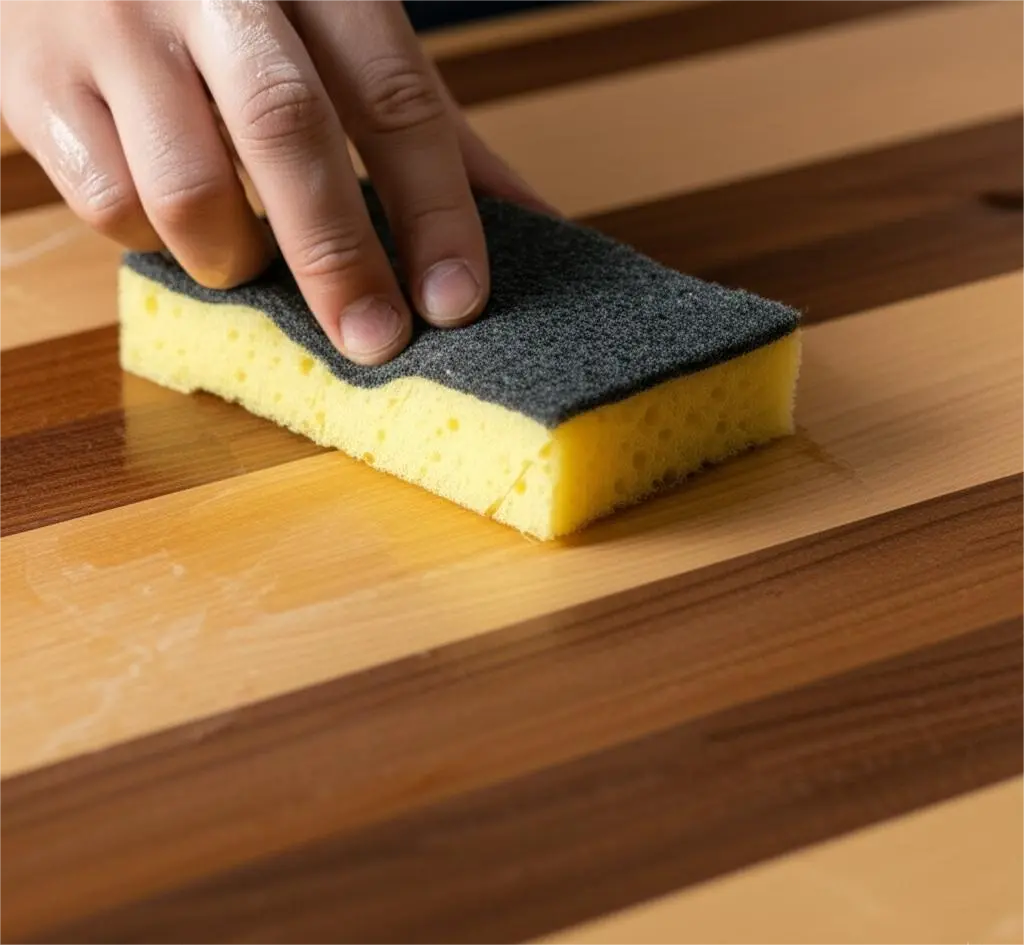
FL Outlet’s Guide to Maintaining Your Butcher Block for Lasting Quality
Simple Steps for Enduring Beauty & Hygiene
Butcher block countertops and islands bring warmth, character, and functionality to any kitchen. Their natural wood beauty is undeniable. However, to keep them looking their best and performing for years, proper **butcher block maintenance** is essential. Neglecting care can lead to drying, cracking, and staining. At FL Outlet, we don’t just provide beautiful butcher block options; we also equip you with the knowledge to maintain their lasting quality.

Why Butcher Block Maintenance Matters
Butcher block is a natural wood product, which means it breathes and reacts to its environment. Regular maintenance isn’t just about aesthetics; it’s about protecting your investment and ensuring hygiene.
- Prevents Drying & Cracking: Wood needs moisture to stay supple. Oiling replenishes this.
- Resists Stains & Water Damage: A well-oiled surface repels liquids, making cleanup easier.
- Enhances Beauty: Regular care brings out the wood’s natural luster and depth of color.
- Ensures Hygiene: A sealed surface is less likely to harbor bacteria.
Essential Maintenance Steps
1. Daily Cleaning: Gentle & Immediate
The key to preventing stains and bacteria build-up is immediate and gentle cleaning after each use.
- Wipe Down: Use a damp cloth with mild dish soap to wipe away crumbs and spills.
- Avoid Harsh Cleaners: Never use abrasive cleaners, bleach, or ammonia-based products, as they can strip the oil and dry out the wood.
- Dry Thoroughly: Always wipe the surface completely dry immediately after cleaning to prevent water spots and moisture damage.

2. Regular Oiling: The Heart of Butcher Block Maintenance
Oiling is the most crucial step in **butcher block maintenance**. It moisturizes the wood, creates a protective barrier, and enhances its natural beauty.
- Choose the Right Oil: Use food-grade mineral oil, butcher block oil, or a blend of beeswax and mineral oil. Avoid vegetable oils (like olive or canola) as they can go rancid.
- Frequency: For new butcher blocks, oil once a week for the first month. After that, once a month or whenever the wood looks dry. A simple test: if water soaks in instead of beading up, it’s time to re-oil.
- Application: Apply a generous amount of oil with a clean cloth, rubbing it in the direction of the wood grain. Let it soak in for several hours (or overnight), then wipe off any excess.
3. Dealing with Stains & Scratches: Repair & Restore
Even with the best care, accidents happen. The beauty of butcher block is its ability to be renewed.
- Minor Stains: For light stains, a paste of salt and lemon juice can often lift them. Rub gently, let sit, then rinse and re-oil.
- Deep Stains/Scratches: For deeper marks, light sanding can work wonders. Use fine-grit sandpaper (120-220 grit) in the direction of the grain. Once sanded smooth, clean the area and re-oil extensively.

Common Mistakes to Avoid
Proper care also means knowing what not to do. Avoid these common errors to ensure your butcher block lasts a lifetime:
- Letting Spills Sit: The most common cause of dark spots and stains. Wipe up all liquids immediately.
- Using Cooking Oils for Conditioning: Olive, corn, or other vegetable oils will go rancid, creating a foul smell and a sticky surface.
- Cutting Raw Meat Directly on the Surface: Always use a separate, non-porous cutting board for raw meats to prevent cross-contamination.
- Placing a Coffee Maker Directly on the Wood: Constant heat and potential drips can damage the finish over time. Place it on a protective mat.
Need More Advice?
Proper **butcher block maintenance** ensures your kitchen centerpiece remains beautiful and functional for decades. If you have more questions or need specific product recommendations, don’t hesitate to reach out to our experts. Visit our How We Can Help page for personalized support or check out our latest inspirations on Instagram.
